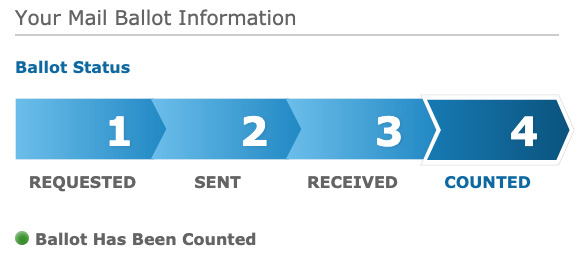
In 1260, the brothers and Venetian merchants Niccolo and Matteo Polo traveled east from Europe. In 1265, they arrived at Kaifeng, the capital of Kublai Khan's Mongol Empire. In 1269, the brothers returned to Europe with a request from Khan for the Pope to send one hundred missionaries to the Mongol Empire, supposedly to help convert the Mongols to Christianity. The Khan's message was ultimately relayed to the Pope but he did not send the requested missionaries.
Upon arriving in Venice, Nicolo discovered that his wife had died, leaving the care of a son, Marco (born in 1254 and thus fifteen years old), in his hands. In 1271, the two brothers and Marco began to trek eastward and in 1275 met the Great Khan.
Khan liked the youthful Marco and conscripted him into service for the Empire. Marco served in several high-level government positions, including as ambassador and as the governor of the city of Yangzhou. While the Great Khan enjoyed having the Polos as his subjects and diplomats, Khan eventually consented to allow them to leave the Empire, as long as they would escort a princess who was scheduled to wed a Persian king.
The three Polos left the Empire in 1292 with the princess, a fleet of fourteen large boats, and 600 other passengers from a port in southern China. The armada sailed through Indonesia to Sri Lanka and India and onto its final destination at the Strait of Hormuz in the Persian Gulf. Supposedly, only eighteen people survived from the original 600, including the Princess who could not wed her intended fiancee because he had died, so she married his son instead.
The three Polos returned to Venice and Marco joined the army to fight against the city-state of Genoa. He was captured in 1298 and imprisoned in Genoa. While in prison for two years, he dictated an account of his travels to a fellow prisoner named Rustichello. Shortly thereafter, The Travels of Marco Polo was published in French.
Though Polo's book exaggerates places and cultures (and some scholars believe he never went as far east as China but only described places other travelers had been to), his book was widely published, translated into many languages, and thousands of copies were printed.
Polo's book includes fanciful accounts of men with tails and cannibals seem to be around every corner. The book is somewhat a geography of Asian provinces. It is divided into chapters covering specific regions and Polo delves into the politics, agriculture, military power, economy, sexual practices, burial system, and religions of each area. Polo brought the ideas of paper currency and coal to Europe. He also included second-hand reports of areas that he had not visited, such as Japan and Madagascar.